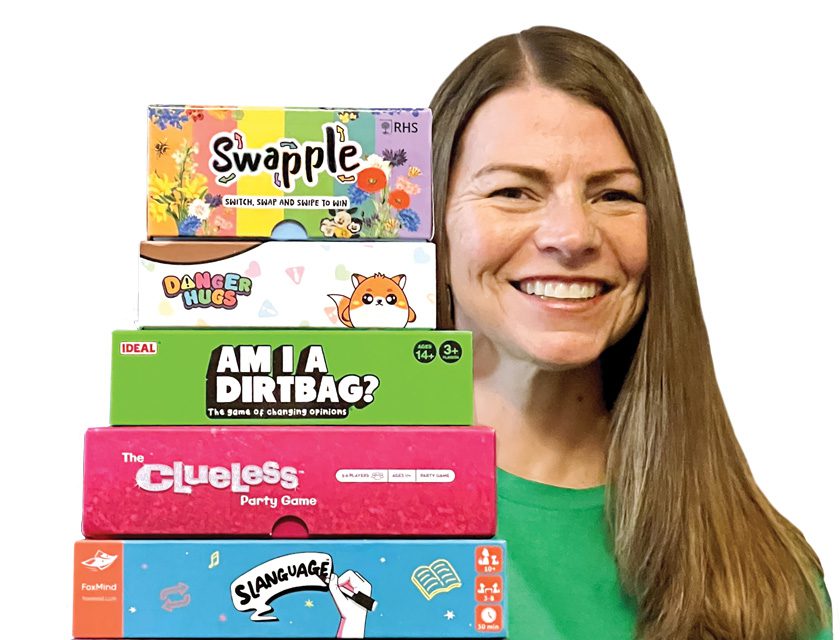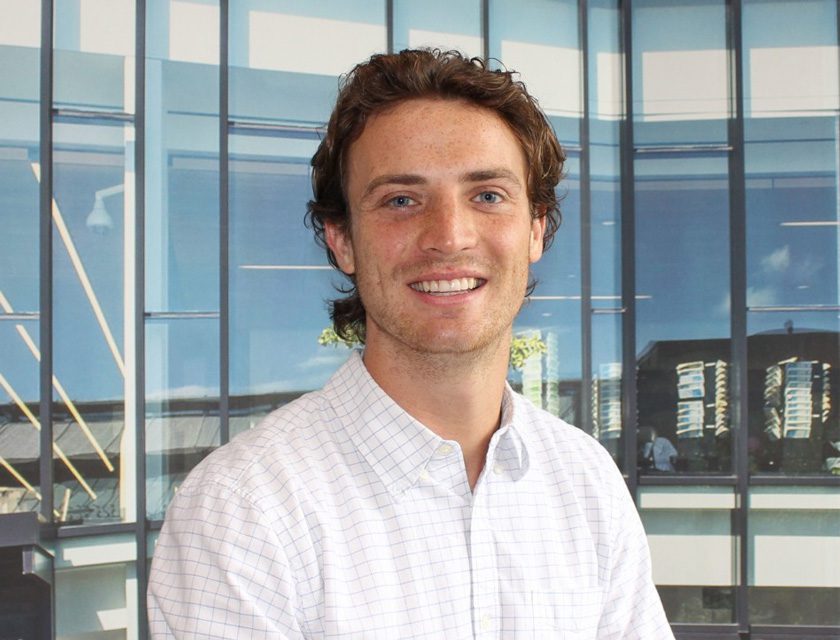
First National Disability Leadership Summit echoes inspirational stories from USPTO
BY DERRICK BRENT
The USPTO is here to help all creators transform their innovative ideas into products and services that benefit society and grow the U.S. economy. Our focus on inclusive innovation is to help innovators from all backgrounds, including the 29 percent of American adults with disabilities.
Through key projects and initiatives, including our recently released National Strategy for Inclusive Innovation, we are working to make USPTO resources more accessible to people with disabilities so they can better navigate the intellectual property system and protect their innovations.
I was honored to join Commerce Secretary Gina Raimondo and other leaders at the Department of Commerce’s (DOC’s) first-ever National Disability Leadership Summit on September 17.
As Secretary Raimondo noted in her remarks, in the 34 years since the Americans with Disabilities Act became law, “we’ve made incredible progress” but “there is so much more to do” to meet accessibility goals.
It’s important to share stories of differently abled inventors so more individuals living with disabilities can be inspired to blaze similar trails. One example is Dr. Rory Cooper.
Dr. Cooper is a distinguished professor at the University of Pittsburgh and a Department of Veterans Affairs (VA) senior scientist.
He co-founded an initiative with his university and the VA called the Human Engineering Research Laboratories (HERL), where he leads a team of fellow inventors who have received 25 U.S. patents related to wheelchairs, robots, and wearable instruments.
Dr. Cooper was involved in a bicycle accident that left him paralyzed. Despite his injuries, Dr. Cooper’s creative spirit remains strong.
“The wheelchair I use, the adaptive vehicle I use, the home modifications I use, they all allow me to be productive and creative and contribute to society,” he says.
Another inspiring innovator is Dr. Robert Bryant, who sees innovation in a unique way in part due to his visual disability.
Dr. Bryant was born with oculocutaneous albinism Type 2, which results in monocular vision. He holds 30 patents. His ability to see opportunities missed by others led him to develop a thin electrical-insulation material known as the Langley Research Center-Soluble Imide (LaRC-SI) polymer—which is biologically inert, meaning the human body doesn’t attack it. The polymer now extends the life of pacemakers in humans.
We invite you to interact with and learn from our stories on the successes of other notable innovators, including:
Temple Grandin, who couldn’t speak for the first several years of her life, became a well-known inventor, author, and advocate for treating livestock humanely.
Chieko Asakawa, blinded in a swimming accident as a teen, creates accessible products for visually impaired people.
If you know of innovators we should highlight through our Journeys of Innovation series and other channels, please email inventorstories@uspto.gov.
Derrick Brent is the deputy under secretary of commerce for intellectual property and deputy
director of the USPTO.



